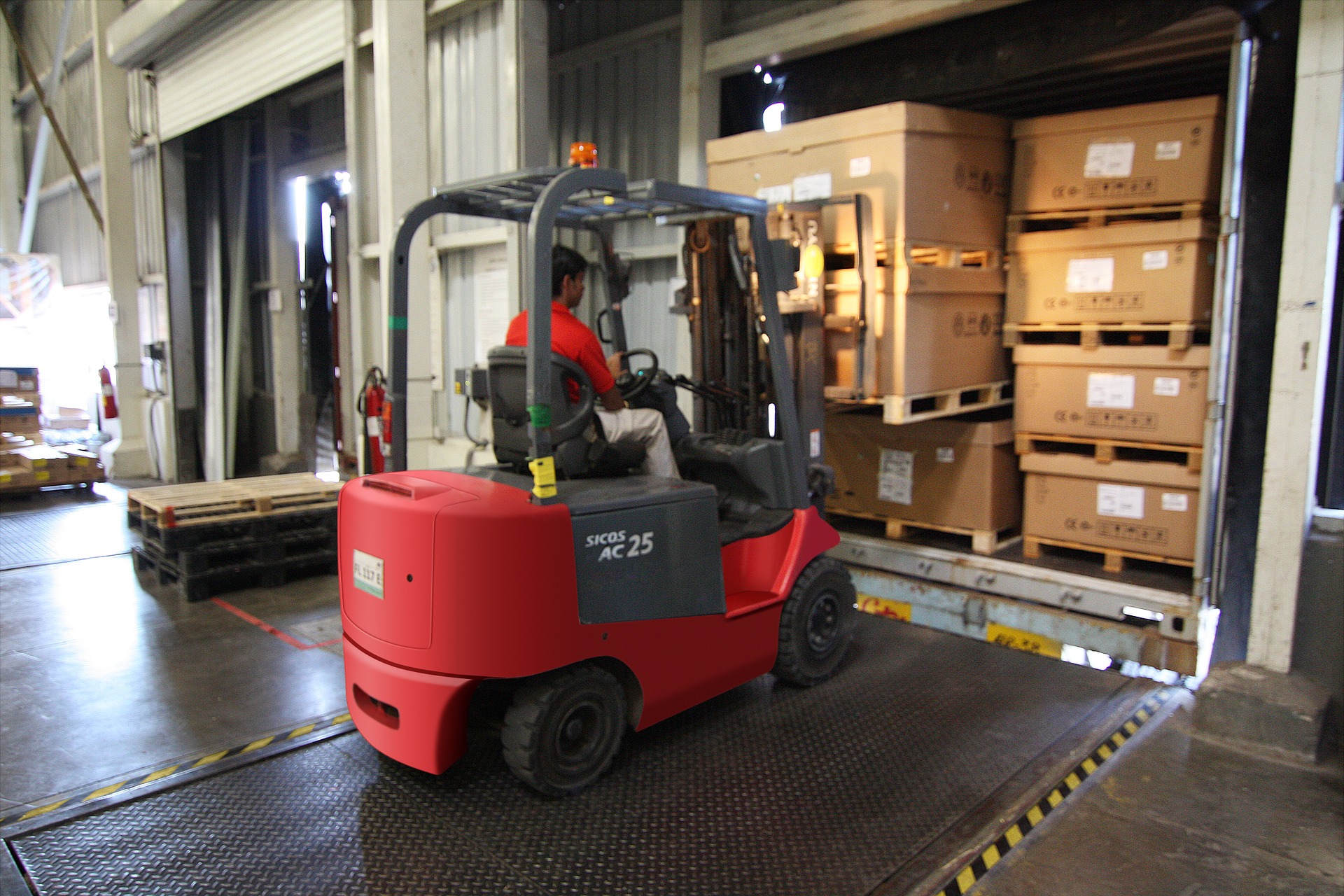Understanding Drayage

The term drayage originated from the word “dray” the name for a horse-driven cart used to transport goods for short distances. Drayage has since evolved becoming an integral part of the US exhibition industry.
Drayage, also known as material handling, is the charge an exhibitor must pay for their freight to be moved from a received point to their exhibition stand, services also include removal, storage, return of empty cases for repacking and reloading at close of event. All on-site handling charges are paid by the exhibitor to the drayage contractor directly.
There are many factors to consider when estimating drayage costs, and it is important to understand the charges so steps can be taken to minimise charges against your shipment.
1. Adhere to timeframes and deadlines – Ensure your freight is being delivered within the time frames specified in the exhibitor services manual to avoid additional material-handling surcharges or penalties.
2. Only send what is needed – Avoid adding unnecessary weight, use lighter materials for your exhibit and packing materials. Ensure there are no unnecessary deliveries via third party suppliers or divisions of your company. Scale down on literature and promotional items.
3. Consolidate – General service contractors charge a minimum weight per shipment. This is usually rounded up, so, if possible, band together like-sized cartons or pack smaller boxes in a large carton or pal box to avoid incurring multiple minimum weight charges.
4. Choose your carrier – Freight arriving via common carrier (floor loaded crated / palletised freight) is easier to unload and generally cheaper than shipments sent via special carrier (stackable, unpacked, loose/smaller items).
5. Consider how your shipment is packed and unloaded – You will have higher material handling costs if your shipment is a mixed load of pallets, crates, loose pieces. Palletising can mean substantial savings. Any special handling that requires additional labour, time, or equipment will result in additional fees.
6. Where you deliver your freight – Most drayage contractors offer a period of free storage at their advance warehouse before freight is delivered to stand. Shipping directly to the venue can often involve lengthy waiting times at the traffic marshalling yard resulting in additional costs.
7. Penalties and Surcharges – If deadlines are missed you will incur late arrival surcharges and penalties, avoid costly overtime charges which can increase your invoice significantly.
8. Verify all paperwork – Review your drayage invoice as soon as you receive it on show site. Verifying this information is a critical step in making sure you are not being unjustly overcharged. Any queries need to be resolved before you leave show-site.
Don’t simply accept that material-handling costs are out of your control. Use your best planning skills to minimise costs when factoring drayage costs within your budget.
Premier Showfreight is a trusted logistics contractor that promises value, presents our clients with ideas, and considers your budgets when offering logistical solutions.

